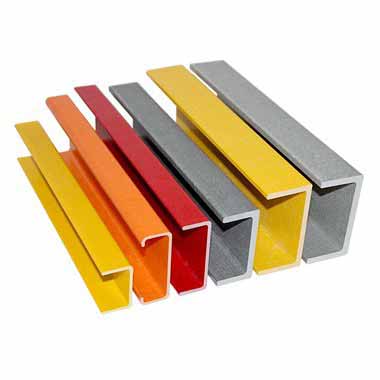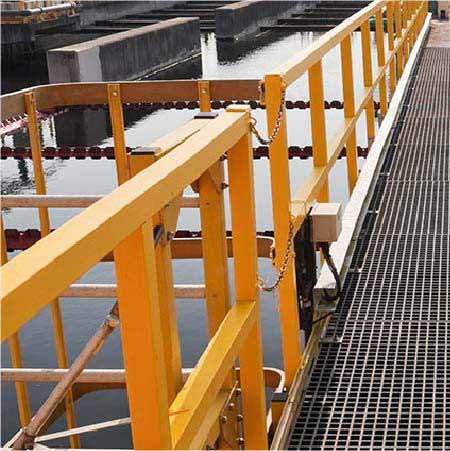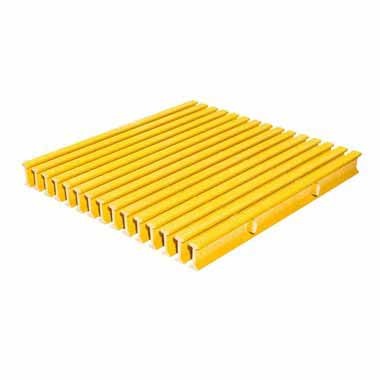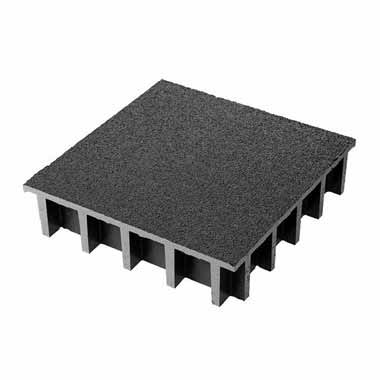1. Due to the low density and light material, it is easy to install FRP pipes in areas with high groundwater levels, and anti-floating measures such as piers or rainwater runoff drainage must be considered.
2. In the construction of opening tees on the installed glass steel pipes and repairing pipeline cracks, it is required to be similar to the complete dry conditions in the factory, and the resin and fiber cloth used during the construction need to be cured for 7-8 hours, and the on-site construction and repair Repair is generally difficult to meet this requirement.
3. The existing underground pipeline detection equipment mainly detects metal pipelines, and the non-metal pipeline detection instruments are expensive. Therefore, the FRP pipes cannot be detected after being buried, and other subsequent construction units are very easy to dig and damage the pipeline during the construction.
4. The anti-ultraviolet ability of FRP pipe is poor. Surface-mounted glass steel pipes delay the aging time by making a 0.5mm thick resin-rich layer and ultraviolet absorber (processing in the factory) on its surface. With the passage of time, the resin-rich layer and UV absorber will be destroyed, thereby affecting its service life.
5. Higher requirements for the depth of covering soil. Generally, the shallowest covering soil of SN5000 grade glass steel pipe under the general roadway is not less than 0.8m; the deepest covering soil is not more than 3.0m; the shallowest covering soil of SN2500 grade glass steel pipe is not less than 0.8m; the deepest covering soil is not greater than 1.2m (the smallest sum of 12mm thick steel coiled pipe The deepest covering soil is 0.7m and 4.0m respectively).
6. The backfill soil shall not contain hard objects larger than 50mm, such as bricks, stones, etc., so as not to damage the outer wall of the pipeline.
7. There are no reports about the large-scale use of FRP pipes by large water companies across the country. Since FRP pipes are new types of pipes, the service life is still unknown.







